1. Burger Chef
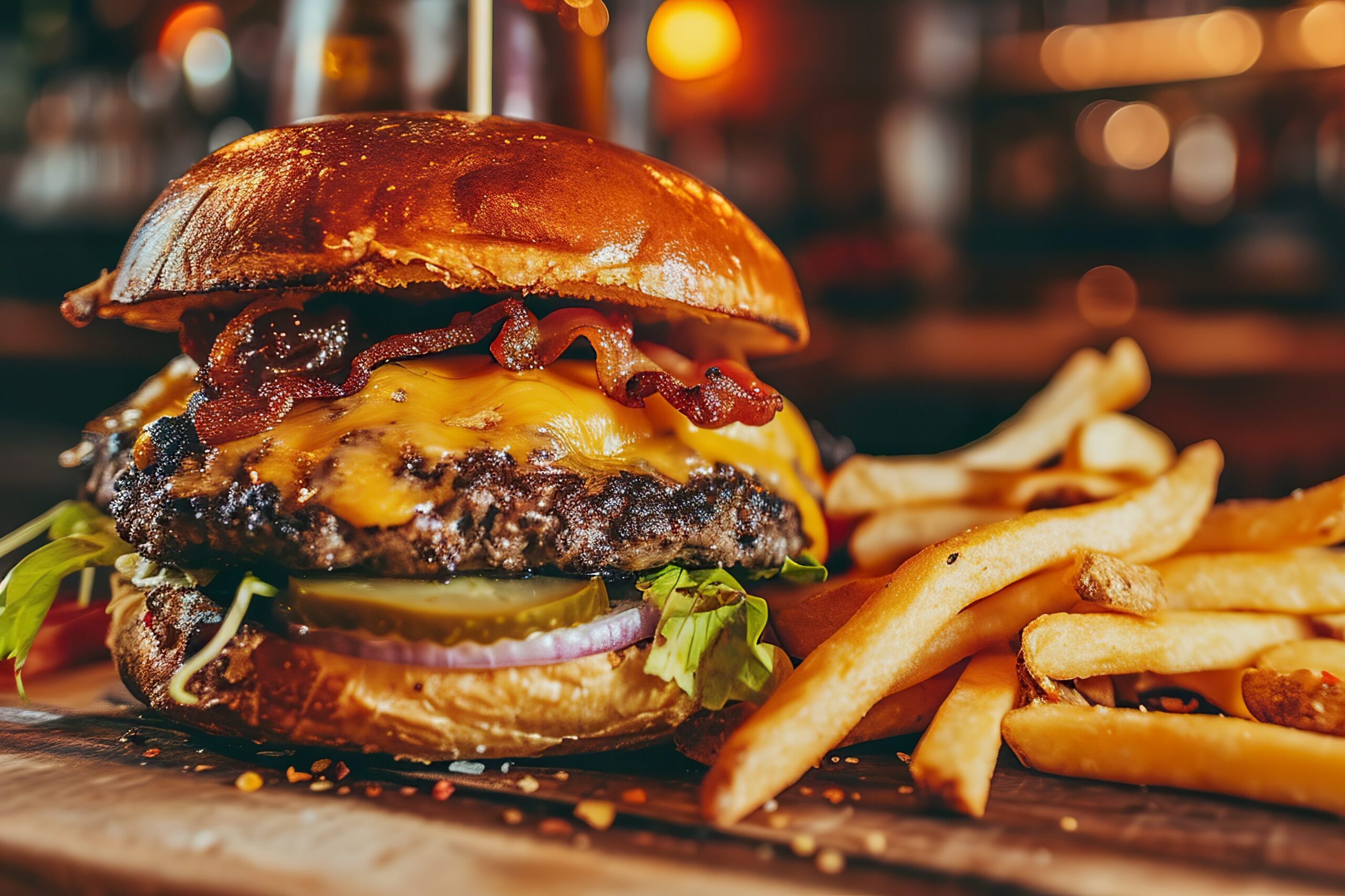
If you grew up in the ’60s or ’70s, chances are you begged your parents to take you to Burger Chef. With its kid-friendly meals and space-themed branding, it was a direct competitor to McDonald’s—and for a while, it was winning. They were actually the first to introduce the concept of a combo meal, and the “Funmeal” even beat the Happy Meal to market. At its peak, there were over 1,000 locations across the country shares Chowhound.
But by the early ’80s, things started to crumble. A series of ownership changes, lawsuits with McDonald’s, and poor financial decisions pushed the chain into decline. Hardee’s bought it in 1982 and converted most locations, quietly phasing Burger Chef out. Today, all that’s left are the memories and a few pieces of vintage merchandise if you’re lucky enough to find them at a flea market adds 92.7 WOBM.
2. Howard Johnson’s Restaurants
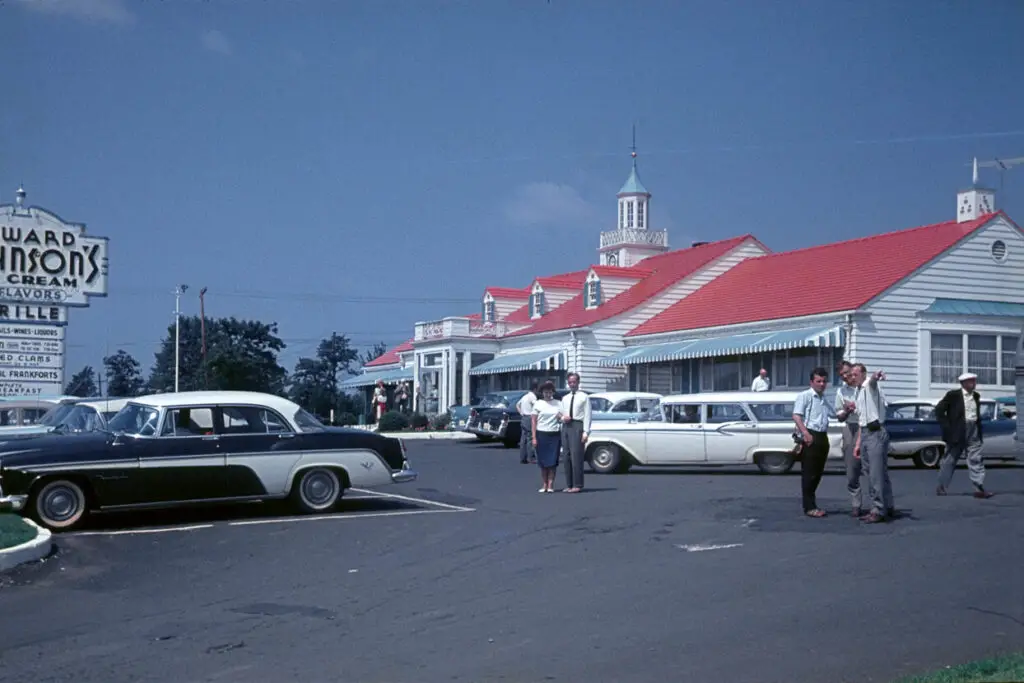
Once a staple of American road trips, Howard Johnson’s wasn’t just a hotel chain—it had a beloved orange-roofed restaurant attached to nearly every location. Known for its 28 flavors of ice cream and comforting, no-frills meals, it was a go-to for families traveling along the highway. In the ’60s and ’70s, there were over 1,000 of these restaurants nationwide says MSN.
But as fast food grew and tastes changed, Howard Johnson’s couldn’t keep up. People wanted faster service and fresher menus, and the brand started to feel dated. The restaurants began closing one by one, and by the 2000s, they were nearly extinct. The last HoJo’s restaurant in Lake George, New York, finally closed in 2022, ending an era shares CNN.
3. Gino’s Hamburgers
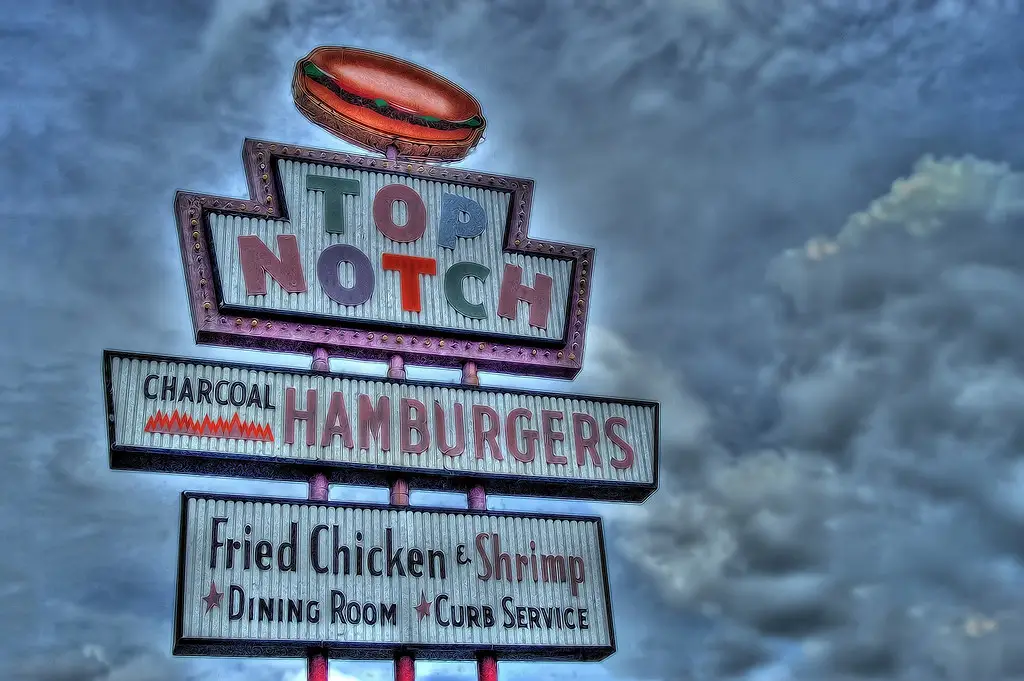
Gino’s was especially popular on the East Coast and had a devoted fan base, particularly in Baltimore. It was co-founded by NFL star Gino Marchetti, which gave it a built-in sense of hometown pride. Known for burgers, chicken, and shakes, it also operated some Kentucky Fried Chicken franchises under the same roof.
By the early ’80s, Gino’s was sold to Marriott and most of the locations were turned into Roy Rogers. That decision confused customers and diluted the Gino’s brand. The original restaurants were all gone by the mid-’80s, though a few revival attempts have popped up in recent years. Still, it’s a shadow of the beloved original.
4. Red Barn
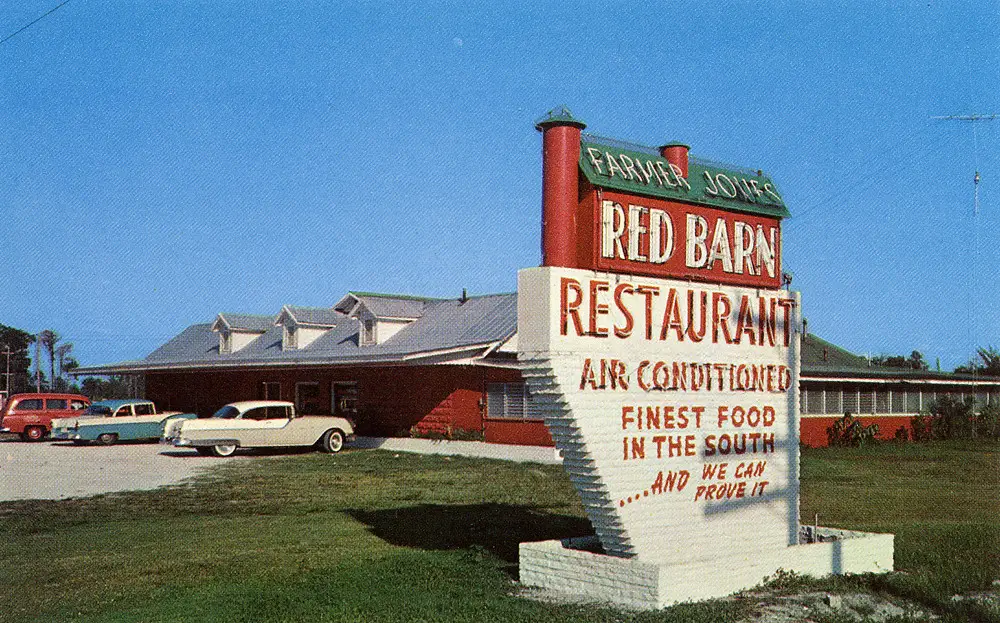
Red Barn had one of the most memorable building shapes—true to its name, each one looked like a big red barn. They were a hit in the ’60s and ’70s, especially with their Big Barney and Barnbuster burgers, which were direct rivals to the Big Mac and Whopper. The chain even had its own mascots, the “Hamburger Hungry” gang, which kids loved.
But internal mismanagement and a lack of cohesive branding did them in. After being passed around to different parent companies, Red Barn lost its identity. Locations were slowly shut down or converted, and by the mid-’80s, it had disappeared completely. A few buildings still exist, but they’re usually home to something entirely different now.
5. Rax Roast Beef
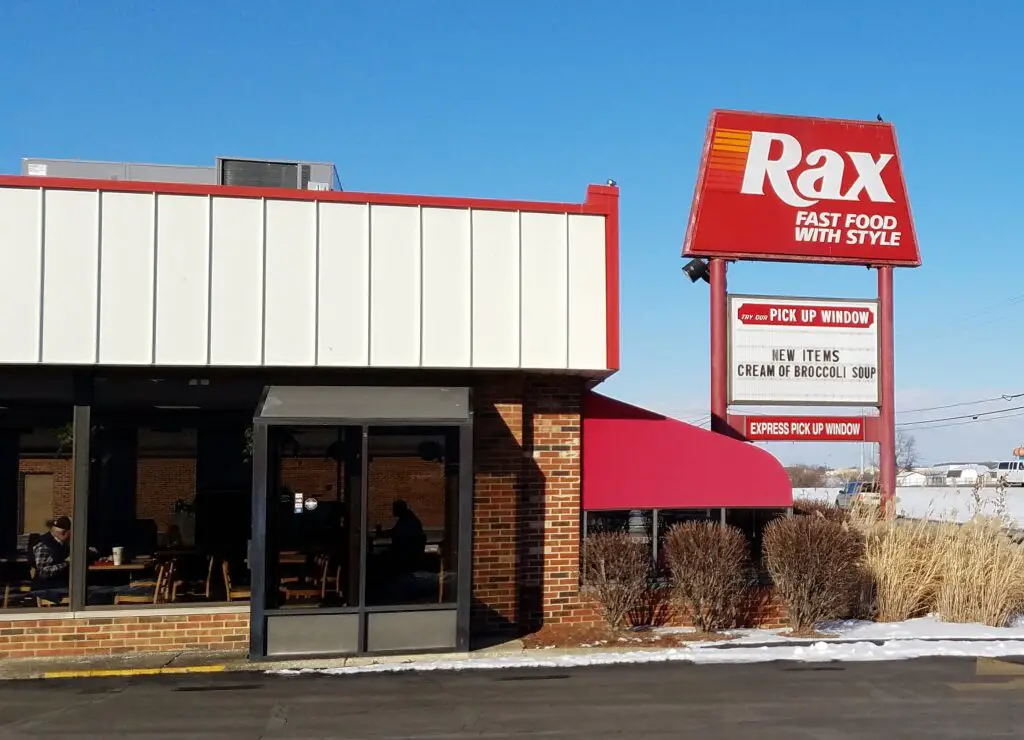
For a while, Rax was considered a classier alternative to Arby’s. Their roast beef sandwiches were the main draw, but they also experimented with salad bars, baked potatoes, and even pasta. Some locations even had solariums and soft jazz playing inside—a far cry from typical fast food.
But the variety turned into confusion, and Rax struggled with a clear identity. The “Mr. Delicious” ad campaign in the early ’90s was a bizarre attempt to rebrand that left customers scratching their heads. Franchisee problems and bankruptcy soon followed. Though a handful of locations still exist in Ohio, the brand largely vanished from the national scene.
6. Kenny Rogers Roasters
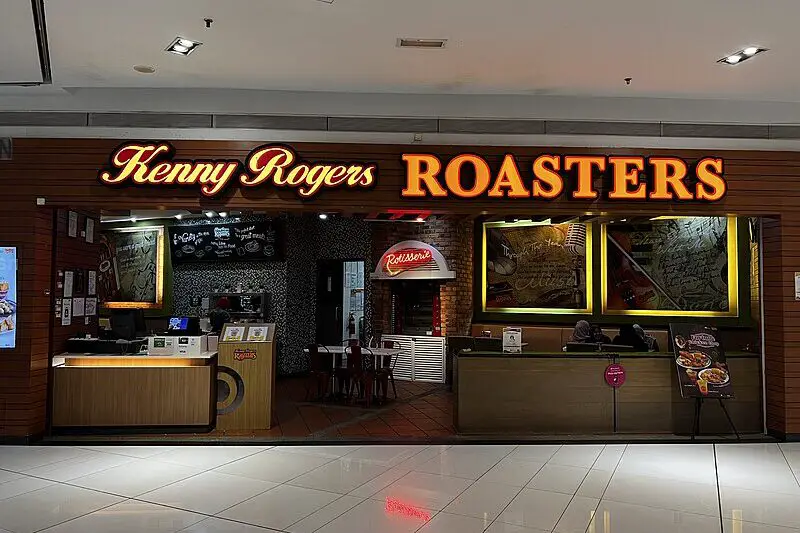
This one had some serious star power behind it—country singer Kenny Rogers co-founded the chain in 1991, offering rotisserie chicken and wholesome sides. It was seen as a healthier fast food option and even earned a cult following. There was even a whole Seinfeld episode devoted to it, which gave it a nice publicity bump.
But even celebrity backing couldn’t save it from financial woes. By the late ’90s, it filed for bankruptcy, and Nathan’s Famous took over the brand. Most U.S. locations shut down, though oddly enough, it’s still popular in Asia. Here in the States, it faded fast and quietly, despite its catchy name and quality food.
7. Chi-Chi’s
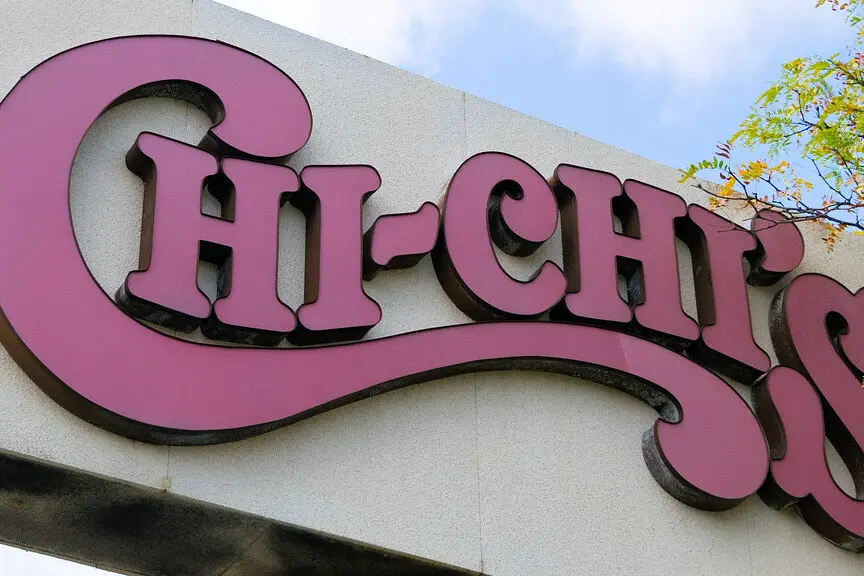
Once the go-to place for birthday parties and “authentic” Mexican-American cuisine, Chi-Chi’s was known for its bold flavors, fried ice cream, and massive margaritas. It was founded in the ’70s and grew fast during the ’80s boom of sit-down chain restaurants. You could always count on it for a lively, festive atmosphere.
But its downfall was swift and tragic. A hepatitis A outbreak linked to contaminated green onions in 2003 led to multiple deaths and hundreds of illnesses. That disaster, combined with financial troubles, sealed its fate. The brand was sold off, and while you can still find Chi-Chi’s salsa at the grocery store, the restaurants are gone.
8. Lum’s
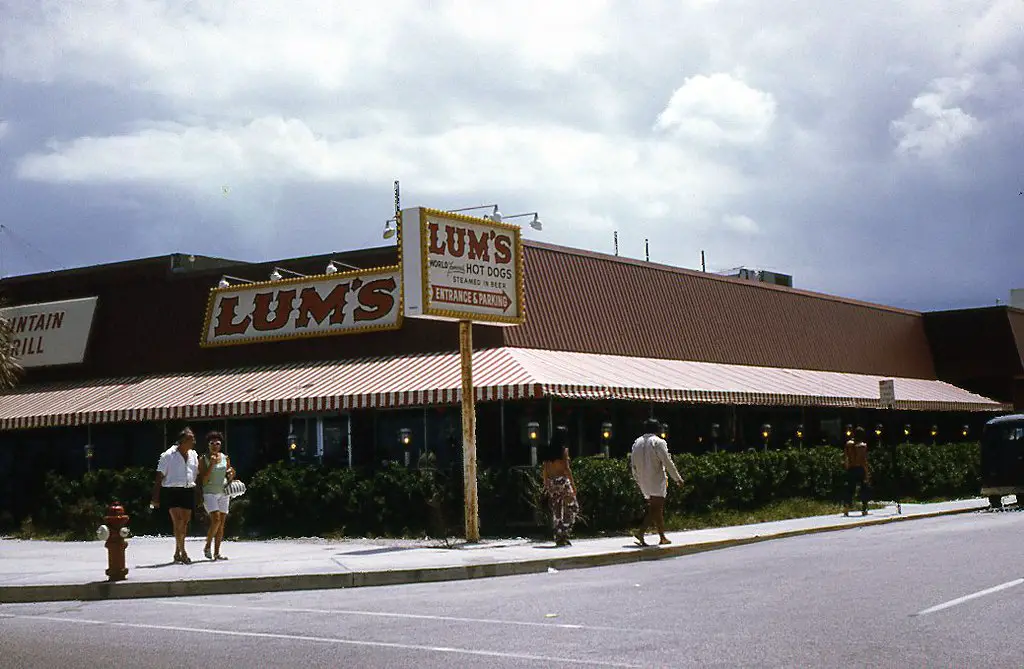
Lum’s was one of those quirky chains that you had to experience to believe—they were famous for hot dogs steamed in beer. It started in Miami Beach and expanded quickly, even being owned at one point by the same company that owned Caesars Palace. The menu was eccentric but memorable, and the vibe was laid-back and beachy.
But the novelty wore off as other chains modernized and grew faster. Lum’s never kept pace with the times or adapted its offerings. By the early ’80s, most locations had closed. Today, Lum’s is mostly a trivia question for food history buffs and a nostalgic memory for those lucky enough to try it.
9. Steak and Ale
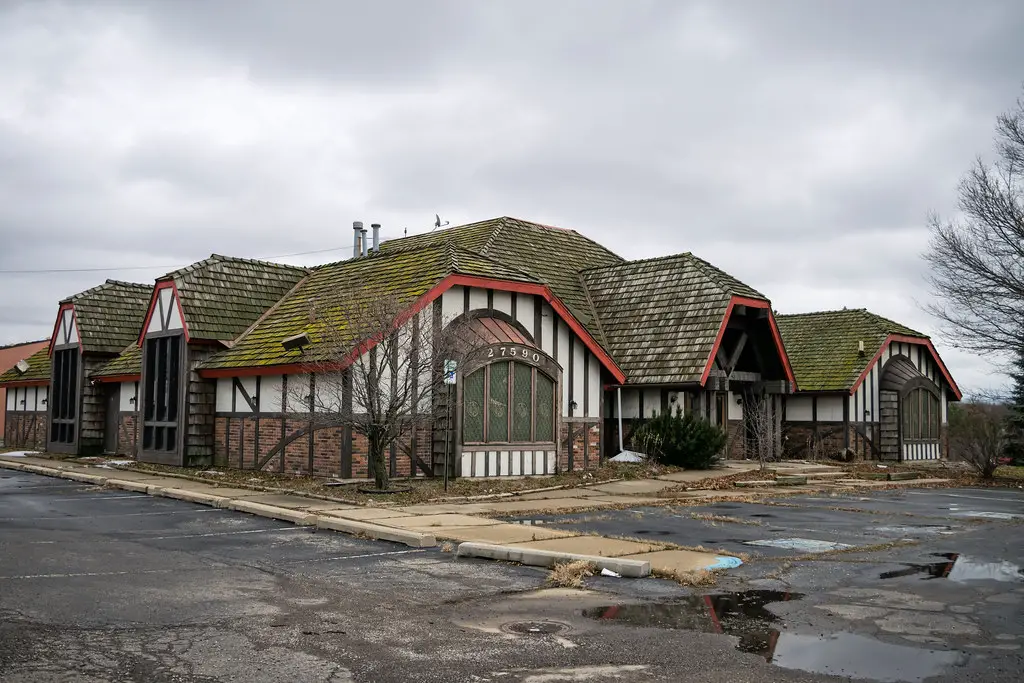
If your family wanted something a little fancier without breaking the bank, Steak and Ale was the place to go. Founded in the ’60s, it offered a cozy pub-like atmosphere and steak dinners that felt upscale but affordable. They even had a famous salad bar that was quite the draw back in the day.
But changing tastes and the rise of fast-casual dining edged them out. Parent company bankruptcy led to the closure of all remaining locations by the late 2000s. A few revival attempts have been announced, but nothing has quite brought it back to its former glory. For now, it remains a fond memory of candlelit dinners and warm, brown bread.
10. Bennigan’s
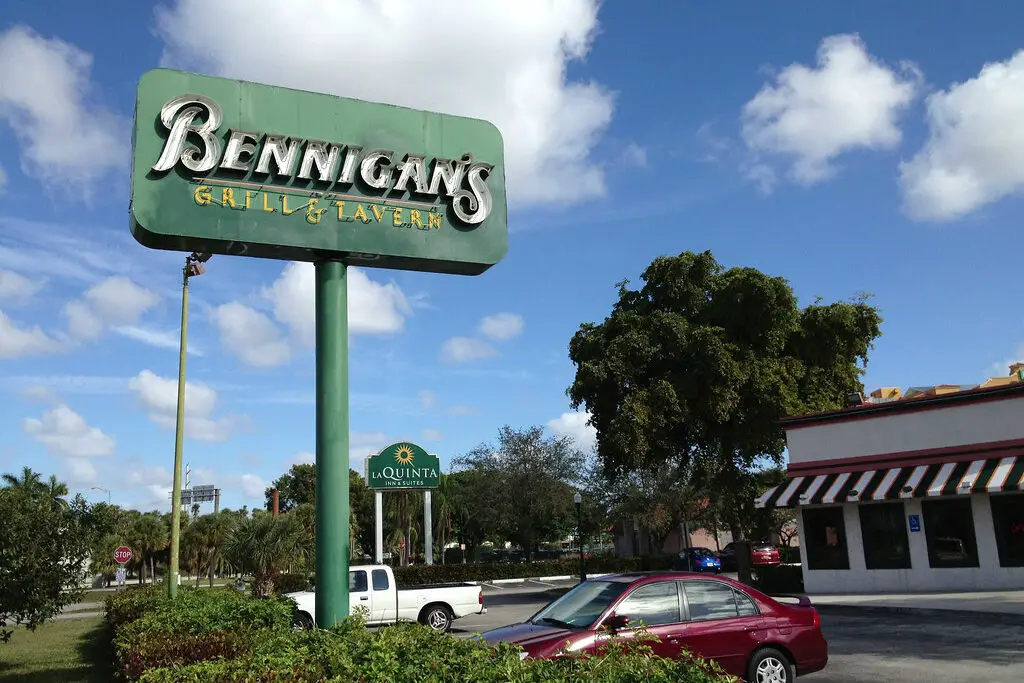
Bennigan’s had that Irish pub feel and was known for its Monte Cristo sandwiches and big appetizers—perfect for sharing during happy hour. It was one of the first American chains to give casual dining a slightly international twist, which made it stand out in the ’80s and ’90s. It also had a reputation for being a fun hangout spot, especially in smaller towns.
But rapid over-expansion and financial issues caused the company to collapse in 2008. Many locations closed overnight, leaving customers and employees stunned. A few franchises held on, and a revival effort is still technically underway, but it’s nowhere near its heyday. For most people, it’s just another restaurant they vaguely remember from high school dates and office lunches.
11. Pup ‘N’ Taco

It sounds like a joke name, but Pup ‘N’ Taco was a real and oddly beloved chain in the Western U.S., especially California. They served a wide menu that included hot dogs (“pups”), tacos, burgers, and burritos—basically a little bit of everything. The food was cheap and fast, and the name stuck in your head whether you liked it or not.
In the early ’80s, Taco Bell parent company PepsiCo bought up most of the locations and converted them. That was the beginning of the end. A few holdouts remained for a while but eventually disappeared too. Still, Pup ‘N’ Taco lives on in pop culture references and the occasional vintage T-shirt.
12. Naugles
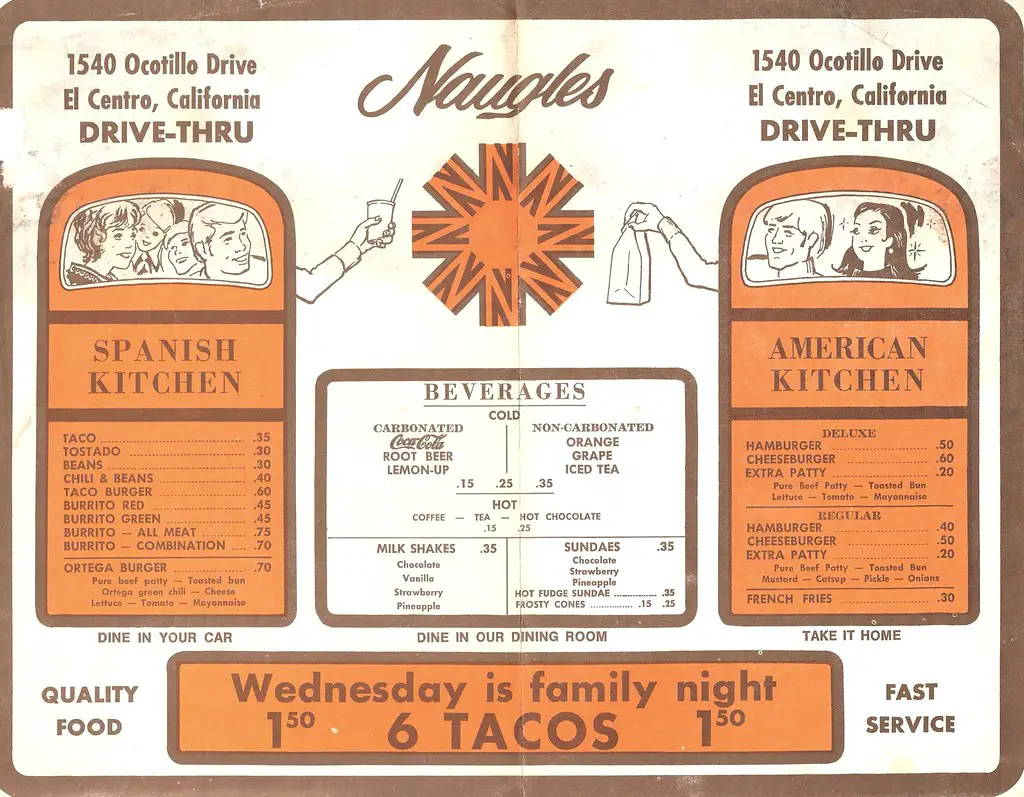
Naugles was the predecessor to Del Taco and had a dedicated following thanks to its late-night hours and simple, tasty Mexican-American food. It started in the ’70s and was open 24 hours, making it a favorite for night owls and college students. Their breakfast offerings were ahead of their time, and many people still swear by their “Macho” items.
In the late ’80s, it merged with Del Taco, and many Naugles locations were either shut down or rebranded. Fans weren’t thrilled and felt like something special had been lost. A small revival effort began in Southern California with a few pop-ups and test kitchens. But for most of us, Naugles is a fast food ghost from a late-night drive-thru long ago.
13. Wetson’s
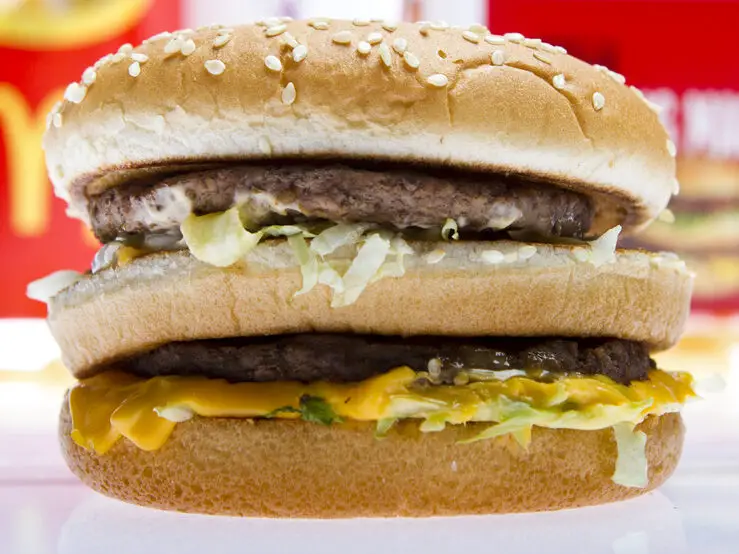
Wetson’s was the East Coast’s answer to McDonald’s during the ’60s and ’70s. With its 15-cent burgers and catchy slogan “Look for the Orange Circles,” it quickly became a favorite in New York and New Jersey. The mascot, “Wetty,” was a cheerful little hamburger character that kids loved. At its peak, there were more than 70 locations, making it a serious regional contender.
But McDonald’s and Burger King expanded aggressively, leaving Wetson’s in the dust. Without the resources to keep up, the chain struggled. In 1975, most of its locations were bought out by Nathan’s Famous, and within a few years, the Wetson’s name disappeared. Old photos of the orange circles are now the only reminder of a burger joint that could have been huge.
14. All-Star Café
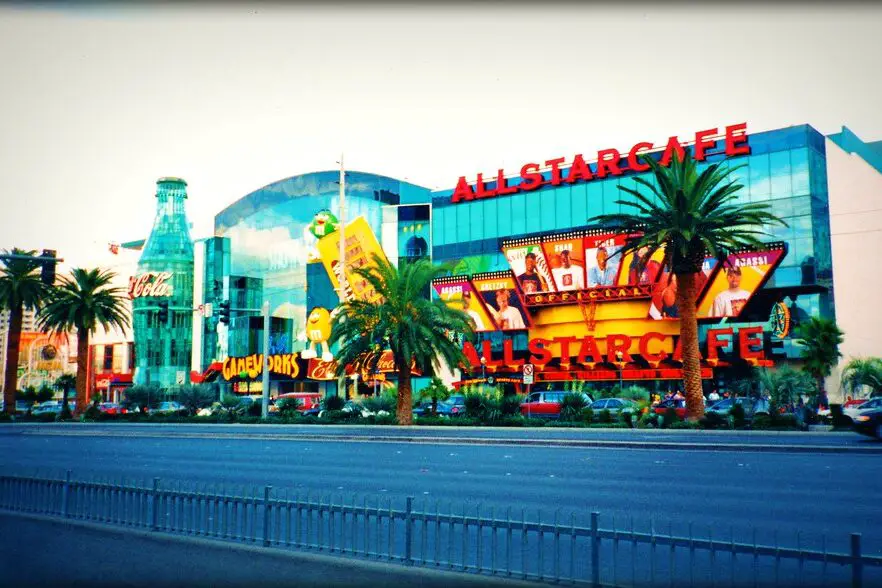
The All-Star Café was a strange experiment in the ’90s, backed by some of the biggest names in sports. Celebrities like Wayne Gretzky, Shaquille O’Neal, and Andre Agassi lent their names to the chain, which was run by the same people behind Planet Hollywood. It was supposed to be the ultimate destination for sports fans, with memorabilia and themed menus everywhere.
Unfortunately, the concept never really connected. The food was overpriced and the novelty wore off quickly. By the early 2000s, most locations had shut their doors, leaving just a faint memory of neon green logos and star-studded press events. Today, it’s mostly remembered as a quirky piece of ’90s pop culture history.
15. Minnie Pearl’s Fried Chicken
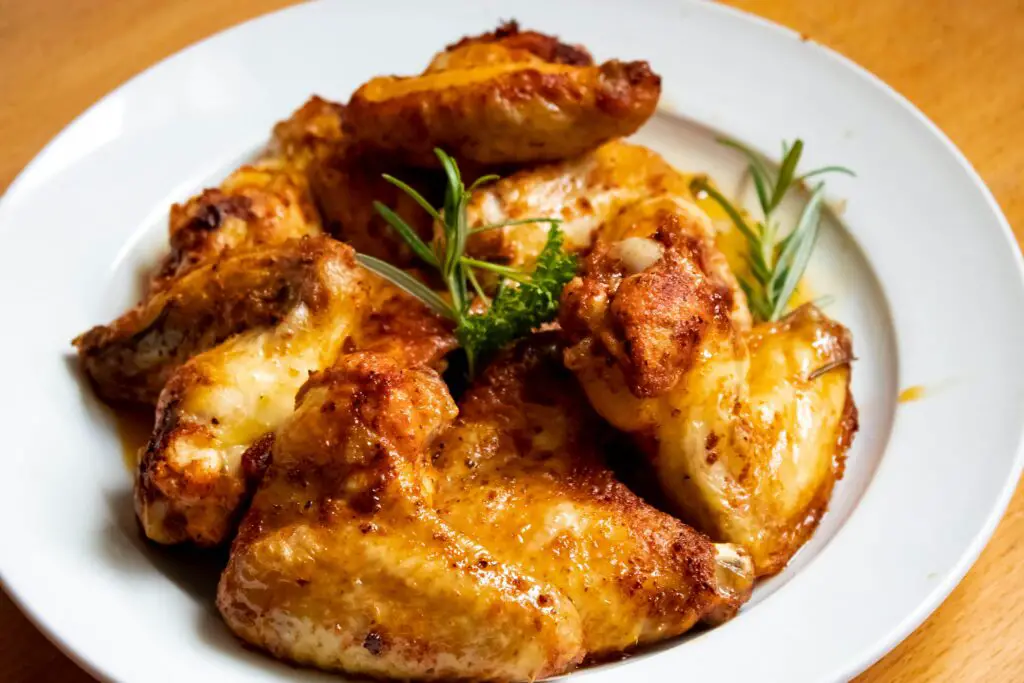
If you were in the South during the ’60s, you might remember Minnie Pearl’s Fried Chicken. Country comedian Minnie Pearl lent her name and likeness to the chain, which grew rapidly thanks to her fame and the fried chicken craze kicked off by KFC. At its height, there were over 500 locations, making it seem like a serious rival to Colonel Sanders.
But rapid growth led to big problems. Management issues and financial scandals tanked the business, and within just a few years, the chain collapsed. By the mid-’70s, most of the restaurants were gone. Despite its short run, Minnie Pearl’s remains a fascinating “what could have been” in fast food history.
16. Hot ‘n Now
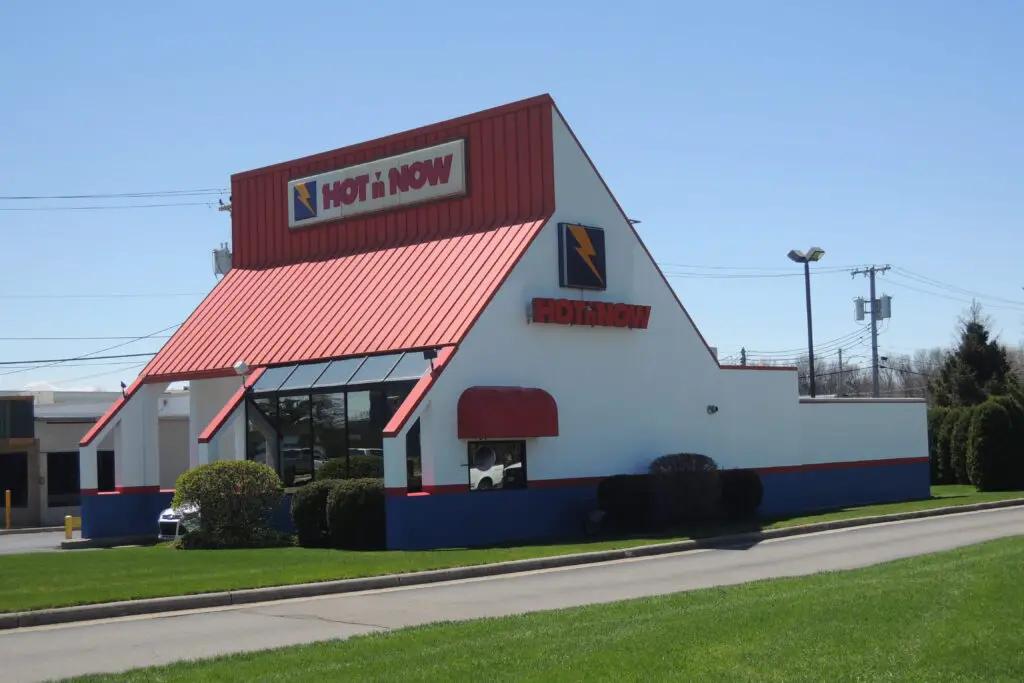
Hot ‘n Now was all about speed and price, offering burgers, fries, and drinks for super cheap. Founded in Michigan in 1984, it quickly expanded to more than 150 locations nationwide. The drive-thru-only model was efficient, and for a while, it was considered the next big thing. The neon signs and simple menus gave it a no-frills charm.
But frequent ownership changes and competition from bigger names hurt the brand. Burger King acquired it in the ’90s, but things went downhill from there. Locations began closing, and soon the chain was almost entirely gone. Today, there’s just one surviving Hot ‘n Now in Sturgis, Michigan, serving as a nostalgic pilgrimage spot for fans.
17. Sandy’s
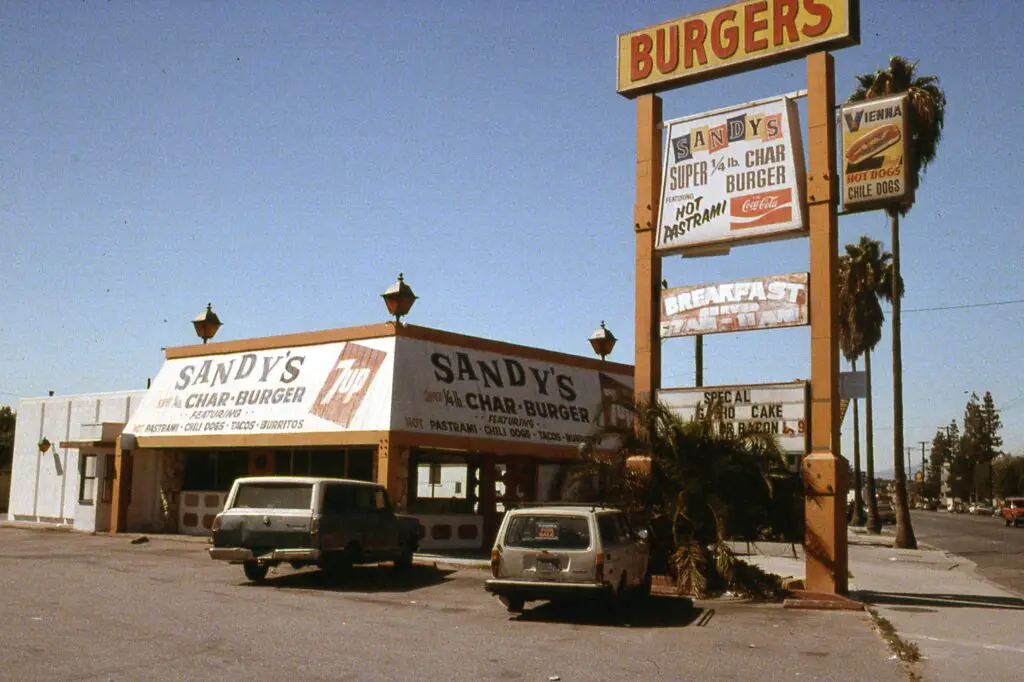
Before Hardee’s took over, Sandy’s was a Midwestern favorite that many people still remember fondly. Founded in Illinois in the 1950s, Sandy’s was known for its affordable burgers and its Scottish-themed branding, complete with a kilted mascot. By the ’70s, it had more than 100 locations and was giving McDonald’s a run for its money in some markets.
But when Hardee’s purchased the chain, the Sandy’s name began to fade. Most restaurants were rebranded, and the quirky Scottish identity disappeared. Fans missed the original charm, and by the ’80s, Sandy’s was gone. To this day, people still talk about its fries and nostalgia keeps the brand alive in memory.
18. White Tower
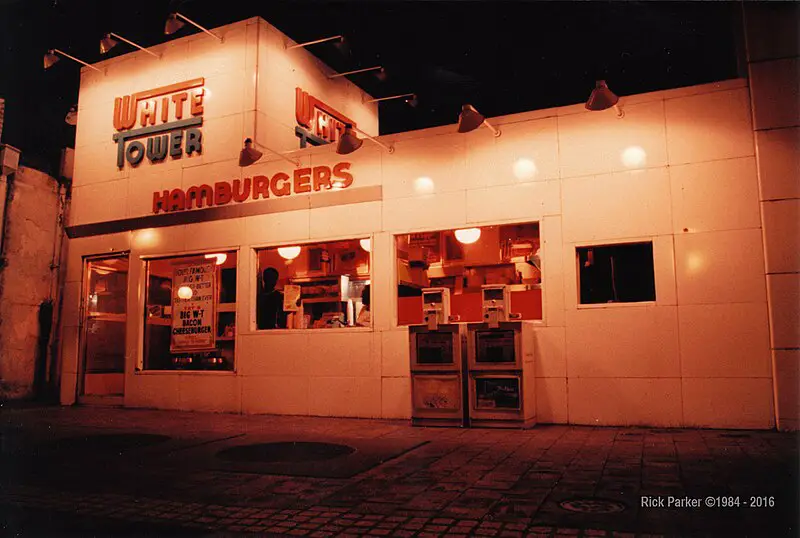
White Tower was often seen as the knock-off version of White Castle, but it actually had its own loyal following. Starting in the 1920s, it expanded to more than 200 locations across the country. Its sliders were similar to White Castle’s, but it had a slightly different menu and aesthetic that fans appreciated. For decades, it was a solid choice for a quick, cheap meal.
But lawsuits from White Castle forced White Tower to make costly changes to its branding. Over time, the chain struggled against stronger competitors and began closing locations. By the 1970s, it had shrunk drastically, and today only a handful of restaurants remain. For most people, though, it’s a vanished piece of burger history that lives on in old photos and family stories.
